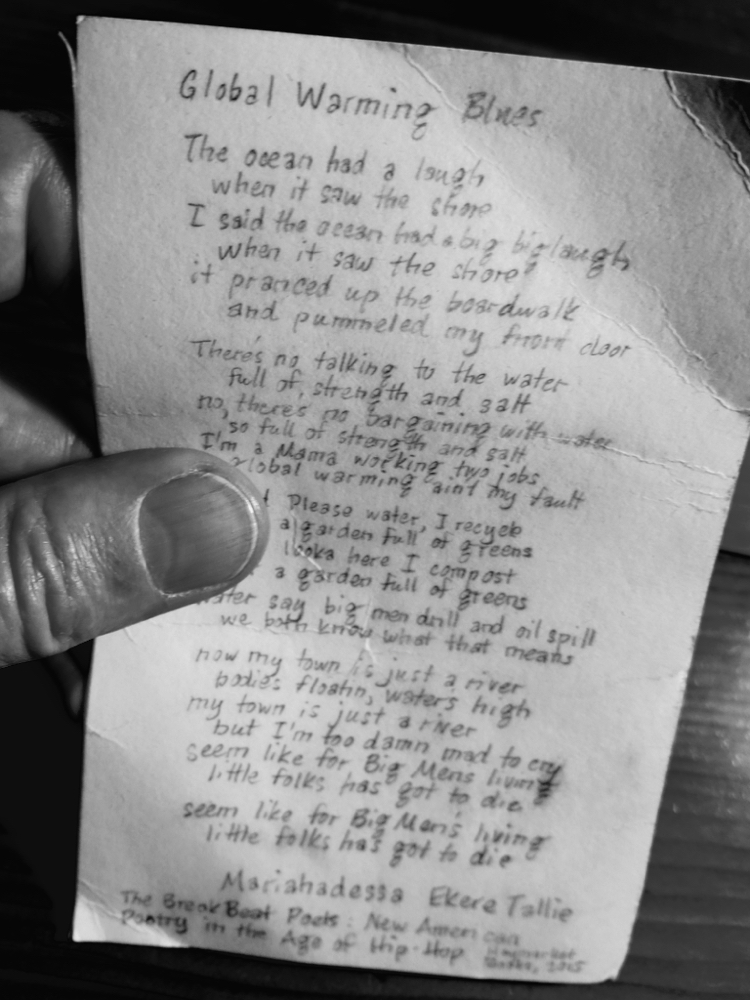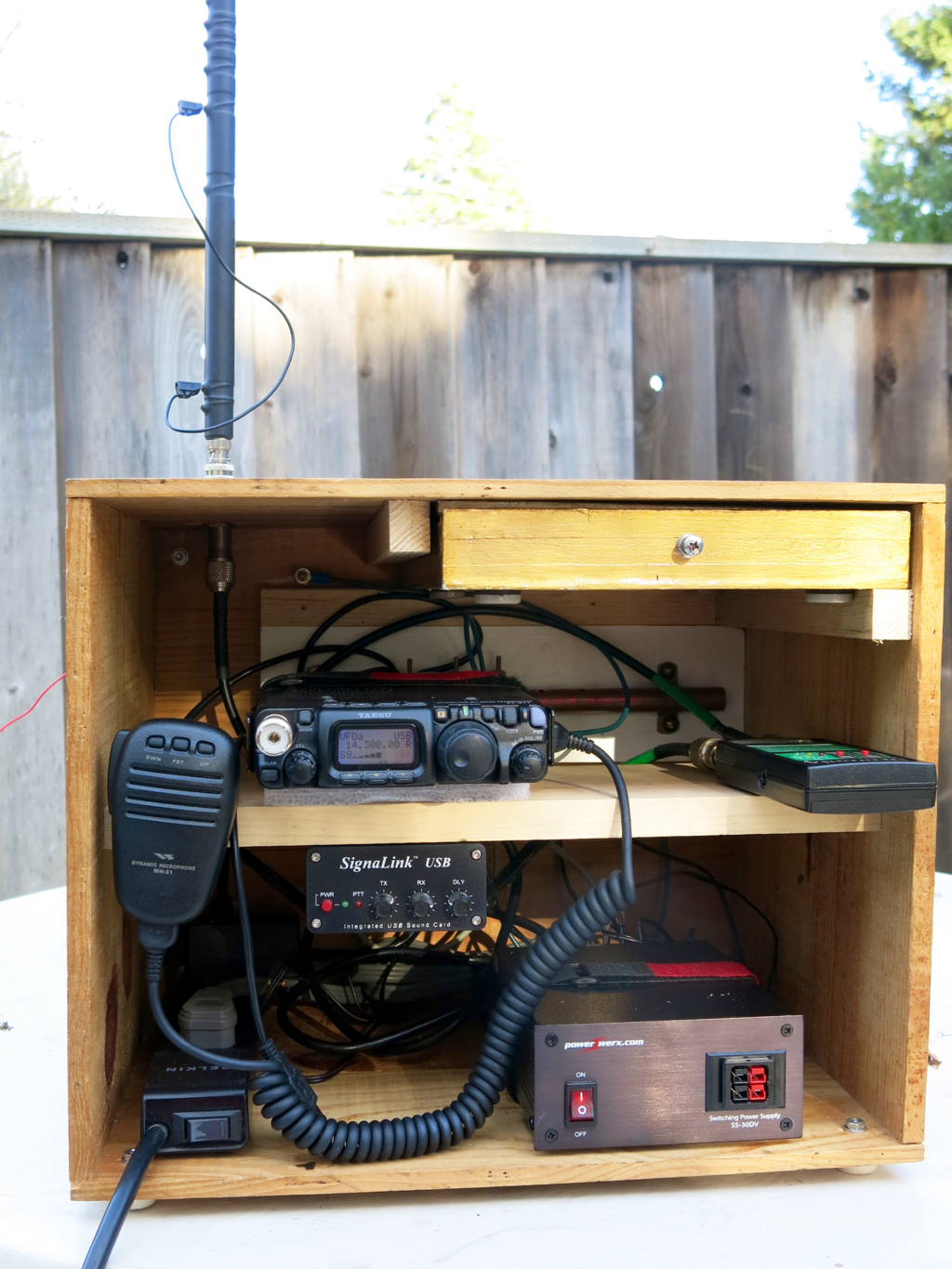We went to the Contemporary Jewish Museum today, and I particularly enjoyed Dina Goldstein’s photographs, from a series she calls “Snapshots from the Garden of Eden”: large black and white photographs, maybe three feet by five feet, of staged tableaux showing characters from the Hebrew Bible and Jewish folklore. My favorites:
— King Solomon, looking debauched and slightly bilious, sitting up in a large bed on which are sprawled two partially clad women among disarranged bedclothes (the wicked thought that crept unbidden into my mind: King Solomon as a role model for Judge Roy Moore)
— An unsettling image of a child sitting on a bed completely absorbed in looking at a tablet computer while a strange lights circles around her (the photograph was titled “Ibbur,” but to me it looked more like a dybbuk)
— Rabbi Lowe wearing safety glasses and standing at a bench covered with electronic test equipment, putting the finishing touches on a Golem that maybe he’s going to exhibit at the next Maker Faire
If religion is another mode of cultural production, this is the sort of thing we should be doing: constantly re-imagining religious narratives and metaphors. And by re-imagining, I don’t mean a modernist literalism that, on the one hand erects large granite monuments representing the Ten Commandments in an Alabama courthouse, and on the other hand denies the validity of all religion because religious stories are not literally true; the modernist literalism of both fundamentalist Christians and fundamentalist atheists is unable to cope with the uncertainties of metaphor.
Instead of literalism, I like Dina Goldstein’s way of re-imagining religious narratives: both sincere and ironic, both reverent and irreverent.



